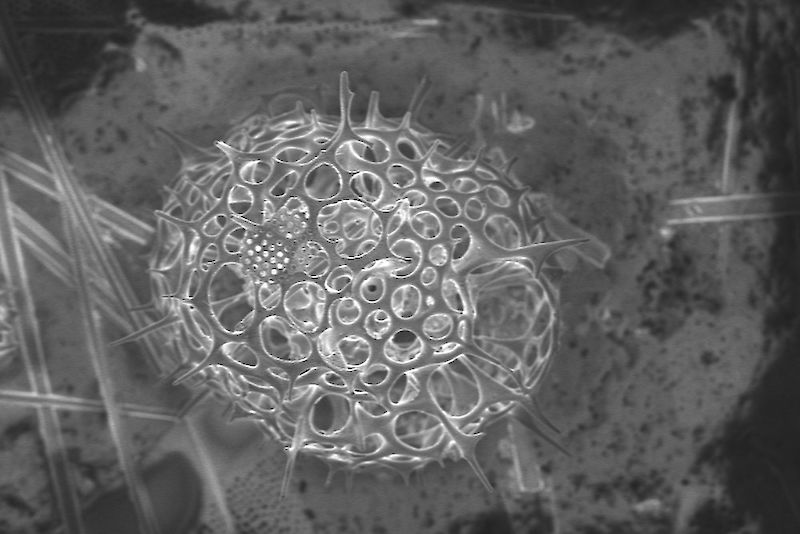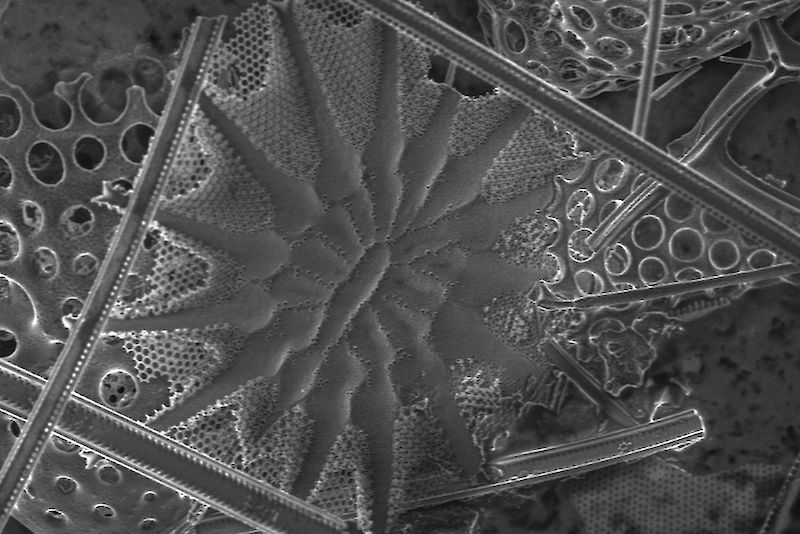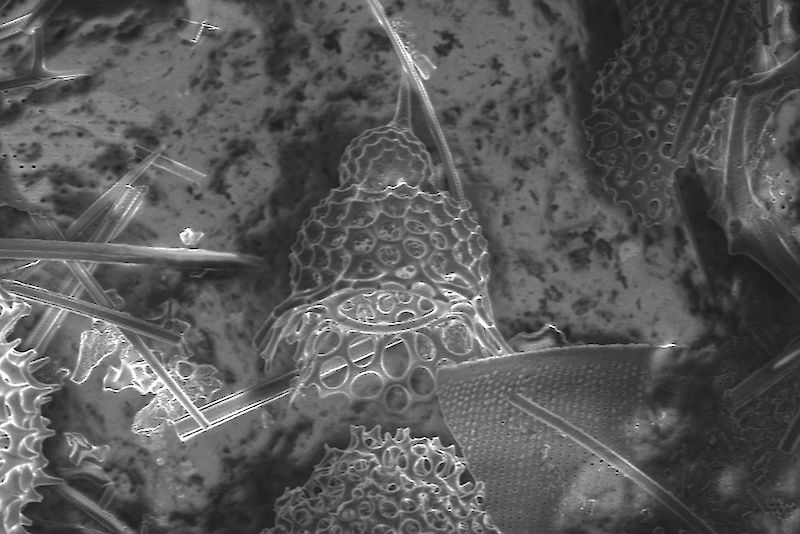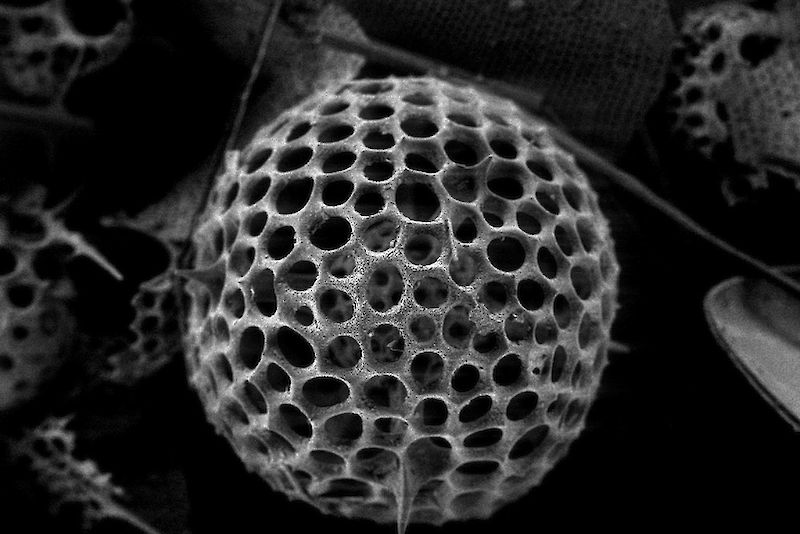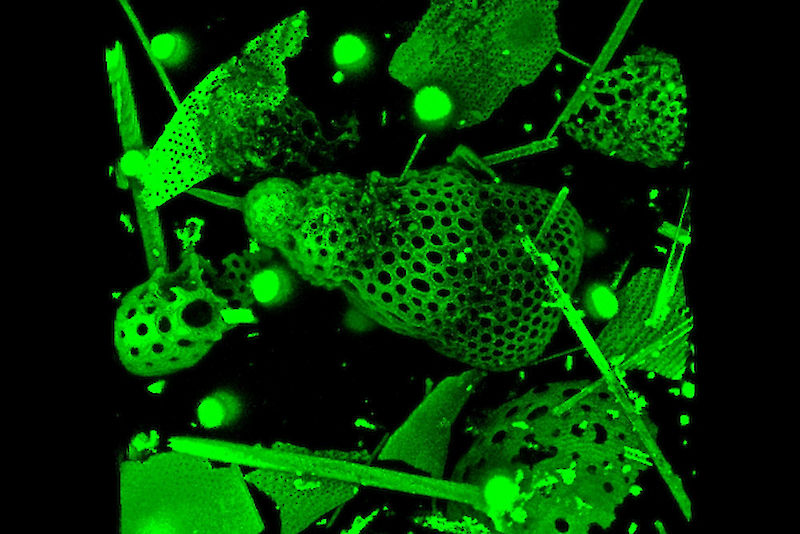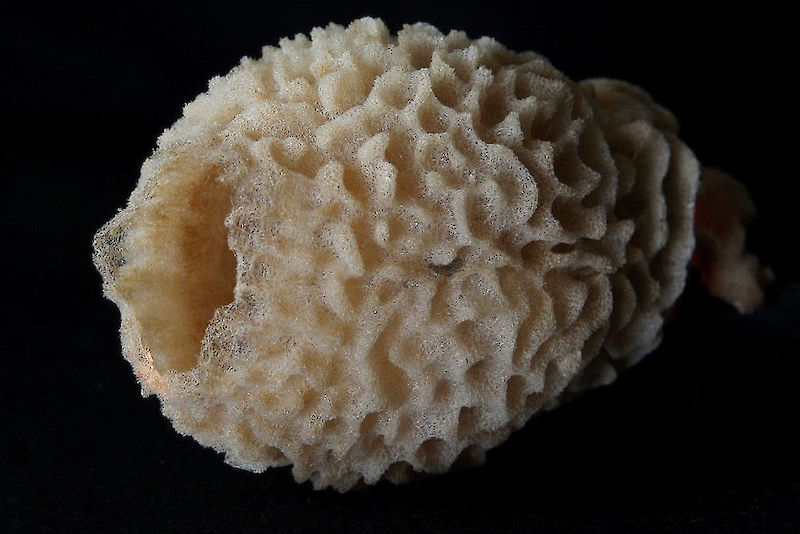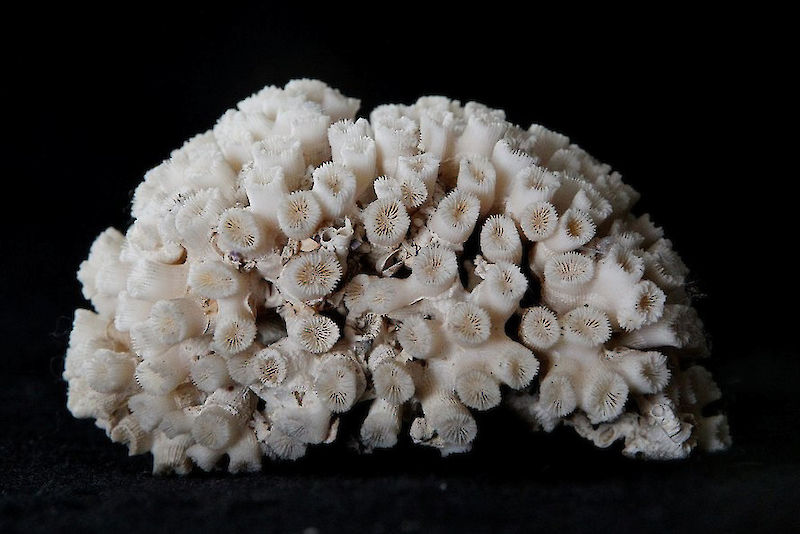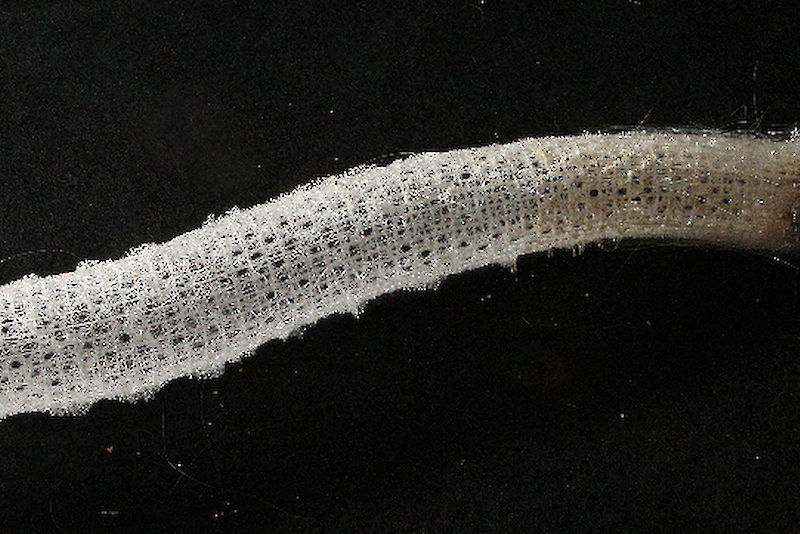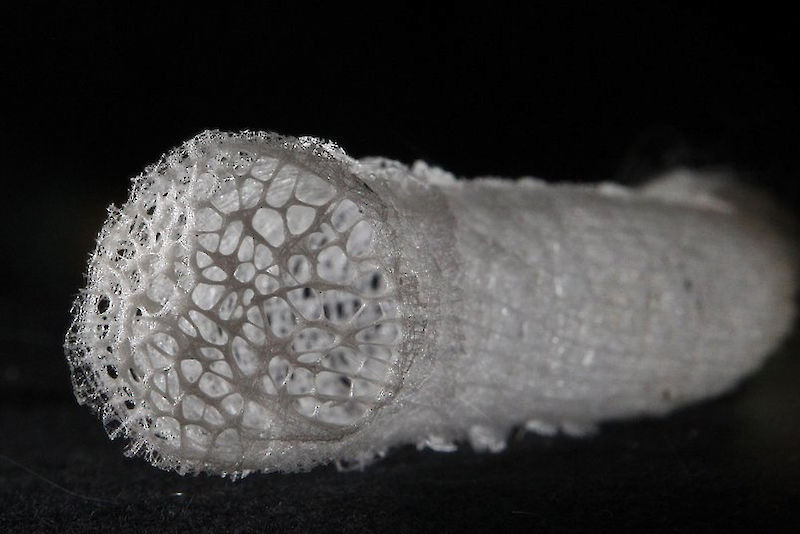New materials from the bottom of the sea
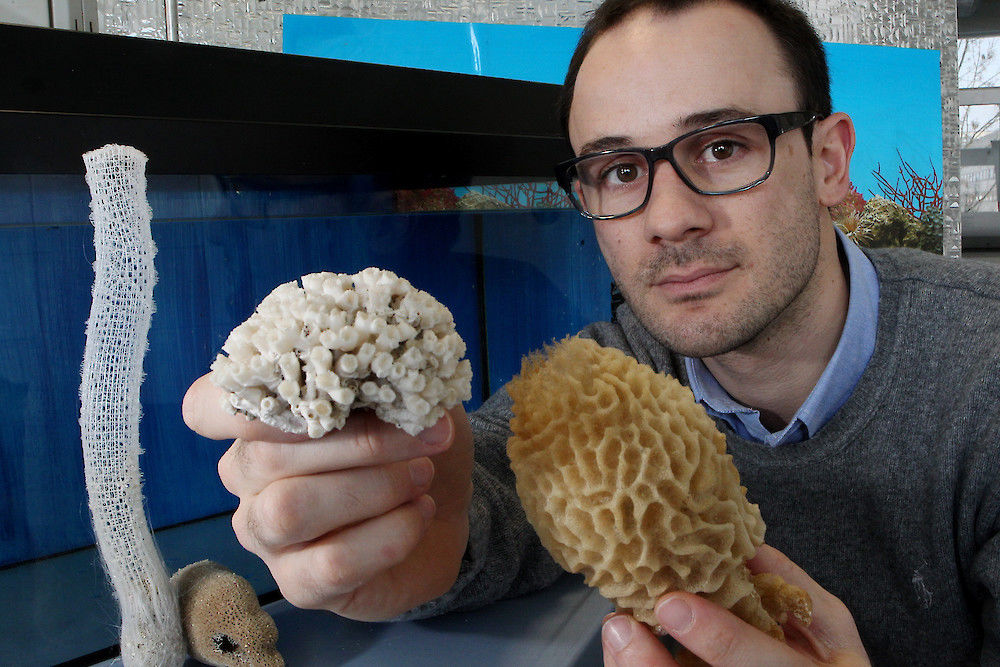
Filipe Natalio is the leader of the “Junior Research Term for Bioanorganic and Biomimetic Chemistry” in the research network “Nanostructured Materials” at MLU. “The group plays a pivotal role in the network by bridging the gap between their field of biomimetic material synthesis and the life sciences research network,” says spokesperson Prof. Dr. Ingrid Mertig.
Natalio’s first experience with working with sea sponges was at Johannes Gutenberg University in Mainz. It was also here where the study that was published in “Science” originated. In it, the 34 year old describes the development of a new material that is both exceptionally robust and as flexible as rubber. Glass sponges were his inspiration. These rod-like animals have been living for more than 500 million years on the sea floor. They consist of needle-shaped skeletal elements which, through biomineralization of the mineral calcite and an organic adhesive (protein), form a perfect structure layer-by-layer. “We have attempted to copy this natural formation process by adding calcite nanoparticles to silicateins in the lab,” Natalio explains. Several species of sponges form their skeletons with the aid of the silicatein protein.
To the researchers’ surprise, the artificial needles were found to be three times as robust. Even when bent into a U shape at a 180 degree angle, the needles withstood the extreme load and remained almost completely undamaged. Filipe Natalio and his team have been successful in decoding this biomineral’s natural blueprint and in developing the first biomimetic biomaterial with similar, if not, improved properties.

